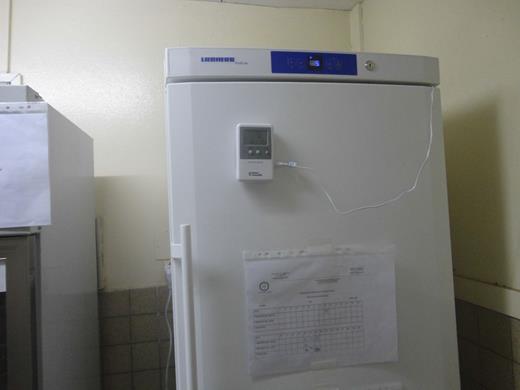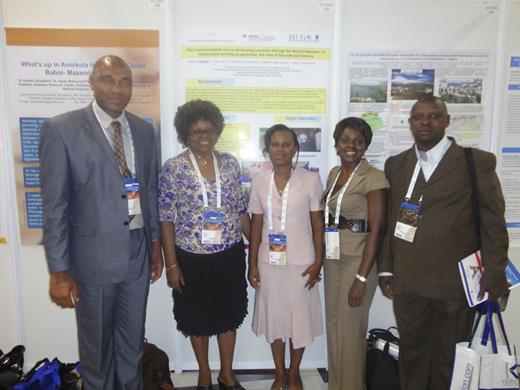Introduction
Hemophilia is a relatively neglected pathology in many low- and medium-income countries, especially those of sub-Saharan Africa, where the already restricted health budgets mainly prioritize infections and communicable diseases.
The World Federation of Haemophilia (WFH) has played a pivotal role, through its various programs (training, twinning between resource-limited settings and established hemophilia care centers, strengthening patient associations, humanitarian donations, etc), in building capacity in various countries, including Cameroon.
Major activities
2007: Initial contact with the WFH’s then Programme Officer for Africa, Assad Haffar.
2008: Initiation by the WFH of a 4-year twinning program between the Hematology and Blood Transfusion Service of the University Teaching Hospital of Yaoundé, Cameroon, and an established Hemophilia Treatment Centre (HTC) at the Hemostasis Service of the University Hospitals of Geneva, Switzerland (led by Philippe de Moerloose); effective from 2009 to 2013.
2009: Creation of the first HTC of Cameroon established at the University Teaching Hospital of Yaoundé with support from the WFH and the University Hospitals of Geneva, effective reinforcement of the capacity of the HTC, and improved patient care through:
◦ human resources capacity-building in hemostasis and other aspects of hemophilia care;
◦ infrastructural capacity building (equipment and consumables); and
◦ sensitization programs and screening for bleeding disorders.
WFH has since organized several training programs for hemophilia health care providers of different disciplines, including clinicians, laboratory scientists, nurses, and physiotherapists as well as patients.
Humanitarian donations.
Some major outcomes
Trainings:
Physicians in hemostasis in Senegal, London, UK, and Geneva (2)
Pediatrician in Senegal (1)
Physician in general hematology (1)
Physiotherapist in Senegal (1)
Laboratory technicians in Senegal, South Africa, and Belgium (3)
Nurse in Belgium and Senegal (1)
Capacity building (equipment and consumables):
Semiautomatic coagulometer (STart 4 and reagents [Stago])
Refrigerators (2)
Clotting factor concentrates
Improved patient diagnosis and care:
Steady increase in diagnosis of new cases:
◦ 72 in 2008 to 147 cases registered in 2017;
◦ Small numbers are being started on prophylaxis (once it was only a dream).
Capacity building (infrastructure):
Currently in the process of restructuring for recreation space for patient care
Capacity building (students):
Students and research (6 theses on hemophilia and bleeding disorders).
Publications: 4.
Conclusions
The WFH has contributed significantly in building capacity in every aspect, giving confidence to health care providers and tremendous hope to people living with hemophilia.
Acknowledgments: The authors thank Assad Haffar (resource person, WFH), Philippe de Moerloose and team (Geneva, Switzerland), and the Cameroon and Swiss Hemophilia Associations.
Conflict-of-interest disclosure: D.M. has no competing financial interests to declare.
Correspondence: D. Mbanya, Hematology and Blood Transfusion Service University Teaching Hospital, P.O. Box 8046, Yaoundé, Cameroon; e-mail: dmbanya1@yahoo.uk.




